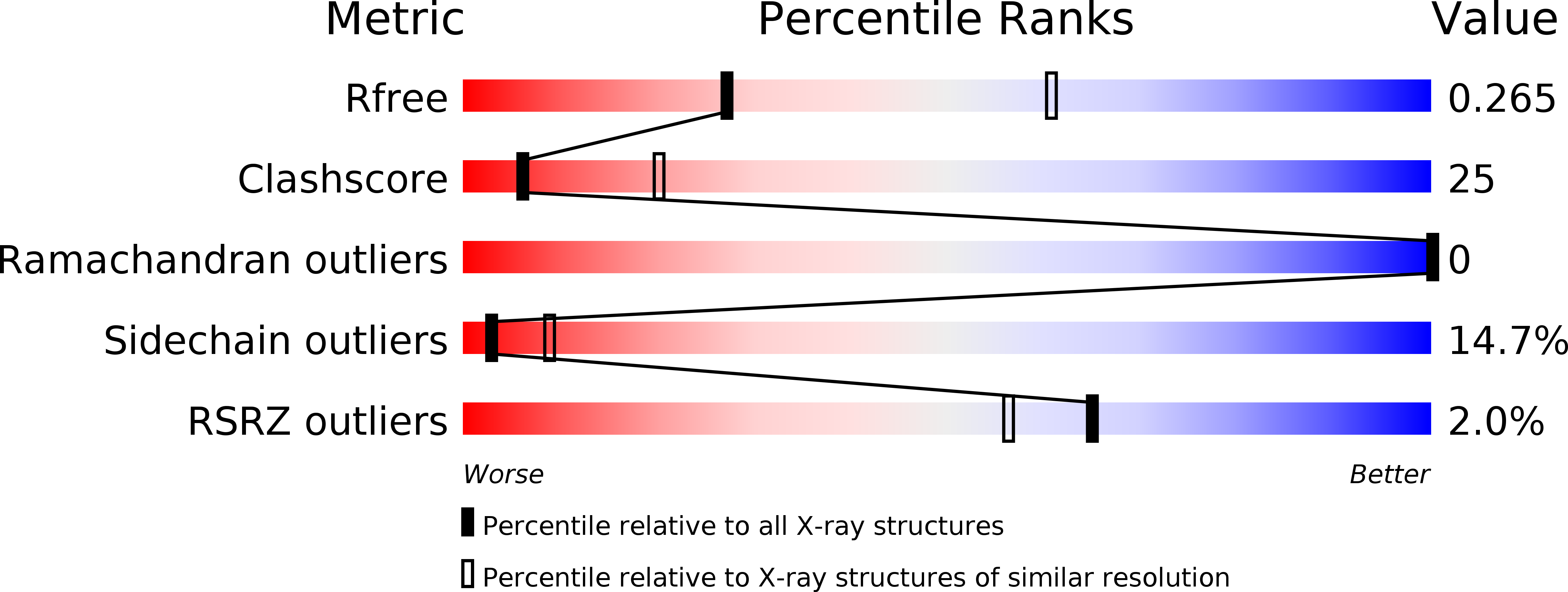
Deposition Date
2011-12-07
Release Date
2012-03-21
Last Version Date
2024-10-09
Entry Detail
Biological Source:
Source Organism:
Bacillus subtilis (Taxon ID: 535025)
Host Organism:
Method Details:
Experimental Method:
Resolution:
2.82 Å
R-Value Free:
0.27
R-Value Work:
0.20
R-Value Observed:
0.21
Space Group:
P 21 21 21


